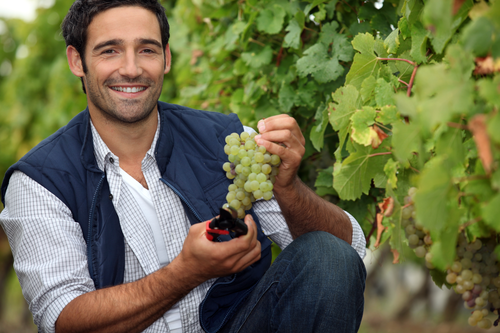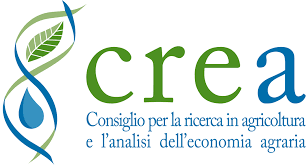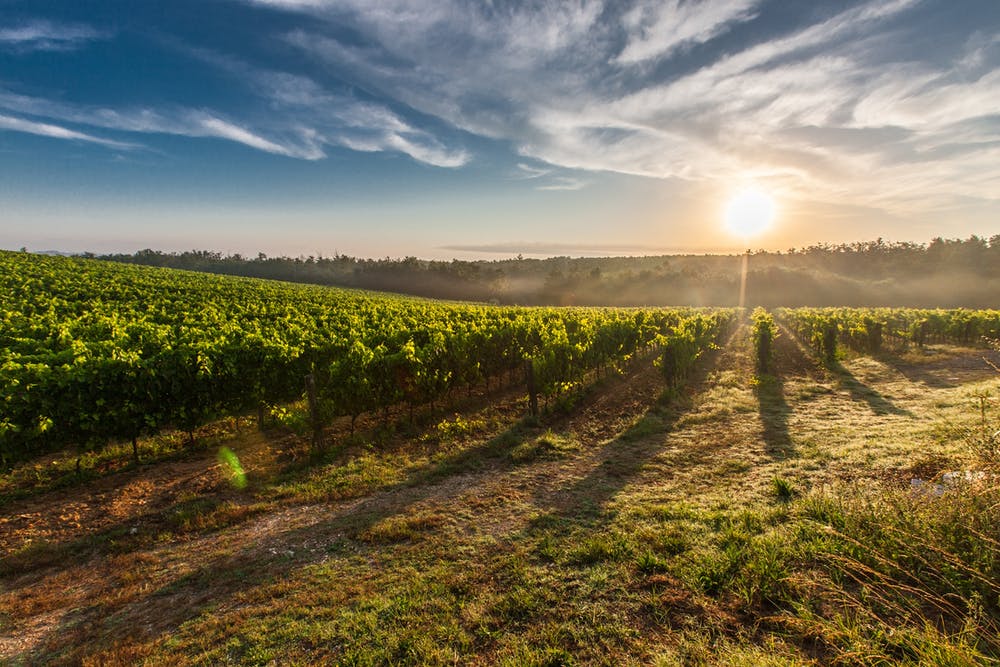GRAPE AROMA PRECURSORS IN CV. NEBBIOLO AS AFFECTED BY VINE MICROCLIMATE

The influence exerted by the bunch microclimate on some C13-norisoprenoid precursors was investigated for the first time in Nebbiolo grapes during ripening. Samples were collected, during two consecutive seasons, from two vineyards, which are characterized by different microclimatic conditions caused by vine vigour heterogeneity and different vineyard aspects. Enzymatic hydrolysis of the glycosides extracted from the grapes, and subsequent GC–MS determination of the aglycones, highlighted that the majority of norisoprenoid glycosides accumulated in Nebbiolo berries from pre-veraison until 3–4 weeks post-veraison. Vineyard aspect and vine vigour affected the timing of the maximum concentration of norisoprenoid precursors and their subsequent decrease at harvest. Low light in the vigorous blocks penalized norisoprenoids peak concentration. In the south less vigorous blocks, a decline of total norisoprenoids content during the pre-harvest period was observed. This decline appeared mainly regulated by the temperature.
The findings of this work could help stakeholders to adapt cultural strategies to the new climatic conditions and preserve grape and wine quality. Vintage, vine vigour heterogeneity and different vineyard aspects determine vines microclimatic conditions (temperature and light) thus the timing of the maximum concentration of C13-norisoprenoid precursors and their final content at harvest. Low light condition is not favourable for norisoprenoids accumulation during the post-veraison period. Extremely high temperature causes a decline of the aroma precursors at harvest.
Published in Food chemistry, 211, 947-956 (2016)
Available on http://dx.doi.org/10.1016/j.foodchem.2016.05.070
Relations
- Network
- List
- Geolocation
- More
Changing agronomic practices in viticulture
After the varietal choice strategy, adaptation to climate change depends on how each grape is grown; this implies complex choices, including agronomic choices.
- More
CREA - Consiglio per la ricerca in agricoltura e l'analisi dell'economia agraria
CREA is the leading Italian pubblic research organization dedicated to the agri-food supply chains. It is supervised by the Ministry of Agricultural, Food and Forestry Policies
- More
Vineyard management
Reflection on the way the vines are managed is a lever for adapting to climate change. Planting a plot is part of a sustainability reflection.


